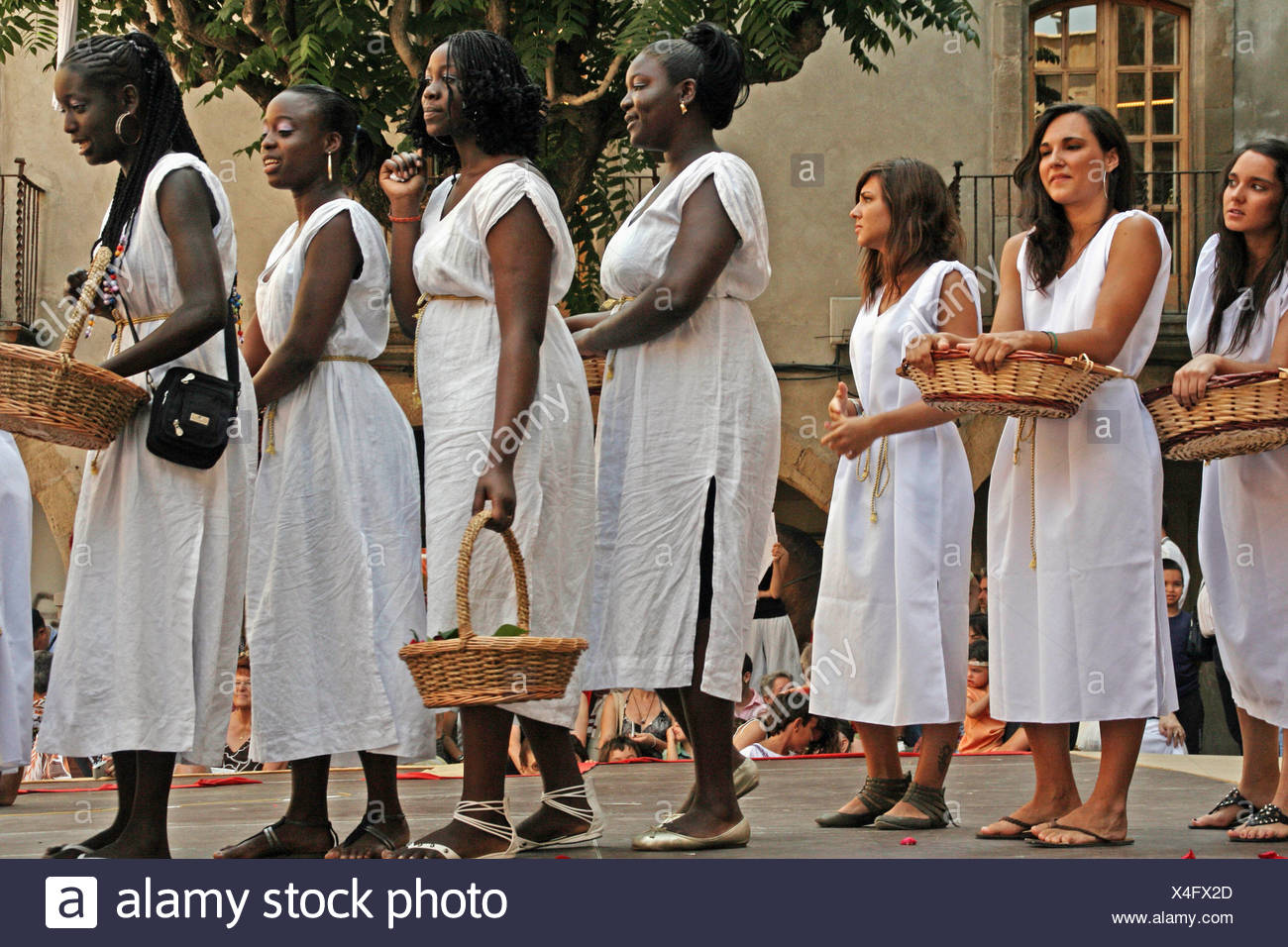

Prince Henry the Navigator, major sponsor of the Portuguese African expeditions, as of any other merchandise, taxed one fifth of the selling price of the slaves imported to Portugal. In 1441, the first slaves were brought to Portugal from northern Mauritania. The maritime town of Lagos, Portugal, was the first slave market created in Portugal for the sale of imported African slaves, the Mercado de Escravos, which opened in 1444. Slave markets in Europe Īmong many other European slave markets, Genoa, and Venice were some well-known markets, their importance and demand growing after the great plague of the 14th century which decimated much of the European work force. From such scenes one turns away with pity and indignation. The intending purchaser having ascertained there is no defect in the faculties of speech, hearing, etc., that there is no disease present, next proceeds to examine the person the mouth and the teeth are first inspected and afterwards every part of the body in succession, not even excepting the breasts, etc., of the girls, many of whom I have seen handled in the most indecent manner in the public market by their purchasers indeed there is every reasons to believe that the slave-dealers almost universally force the young girls to submit to their lust previous to their being disposed of. when any of them strikes a spectator's fancy the line immediately stops, and a process of examination ensues, which, for minuteness, is unequalled in any cattle market in Europe. Thus ordered the procession begins, and passes through the market-place and the principle streets. At the head of this file, which is composed of all sexes and ages from 6 to 60, walks the person who owns them behind and at each side, two or three of his domestic slaves, armed with swords and spears, serve as guard. The slaves, set off to the best advantage by having their skins cleaned and burnished with cocoa-nut oil, their faces painted with red and white stripes and the hands, noses, ears and feet ornamented with a profusion of bracelets of gold and silver and jewels, are ranged in a line, commencing with the youngest, and increasing to the rear according to their size and age. 'The show' commences about four o'clock in the afternoon. Thomas Smee, the commander of the British research ship Ternate, visited such a market in Zanzibar in 1811 and gave a detailed description: Prices varied according to the slave's quality. In Cairo, transactions involving eunuchs and concubines happened in private houses. Potential buyers made a careful examination of the "merchandise": they checked the state of health of a person who was often standing naked with wrists bound together. Sales were held in public places or in souks. In North Africa, the main slave markets were in Morocco, Algiers, Tripoli and Cairo. In 1416, al-Maqrizi told how pilgrims coming from Takrur (near the Senegal River) had brought 1,700 slaves with them to Mecca. Įnslaved Africans were sold in the towns of the Arab world. Bantu adult and children slaves (referred to collectively as jareer by their Somali masters ) were purchased in the slave market exclusively to do undesirable work on plantation grounds. Collectively, these Bantu groups are known as Mushunguli, which is a term taken from Mzigula, the Zigua tribe's word for "people" (the word holds multiple implied meanings including "worker", "foreigner", and "slave"). Most of the slaves were from the Majindo, Makua, Nyasa, Yao, Zalama, Zaramo and Zigua ethnic groups of Tanzania, Mozambique and Malawi. Zanzibar slave market in 1860, by Edwin Stocquelerįrom 1800 to 1890, between 25,000–50,000 Bantu slaves are thought to have been sold from the slave market of Zanzibar to the Somali coast.


 0 kommentar(er)
0 kommentar(er)
